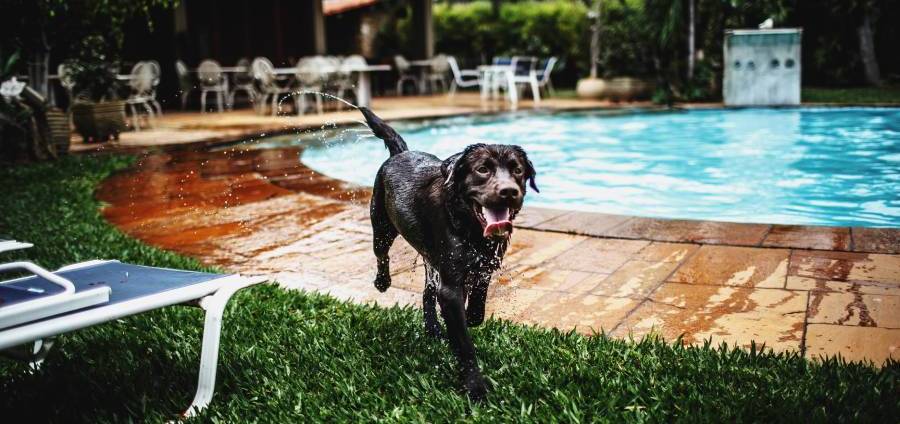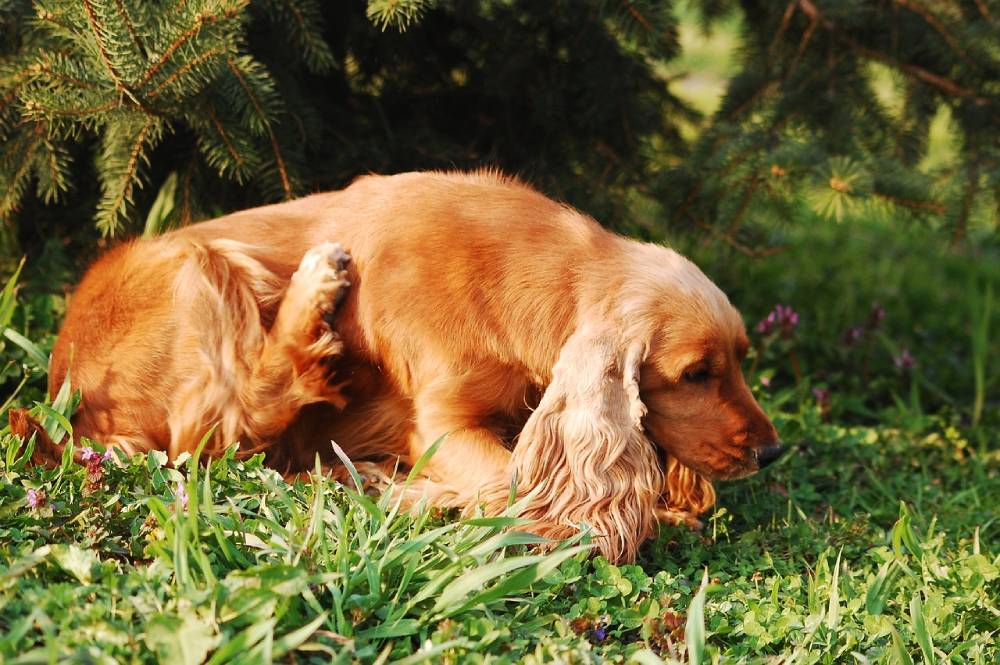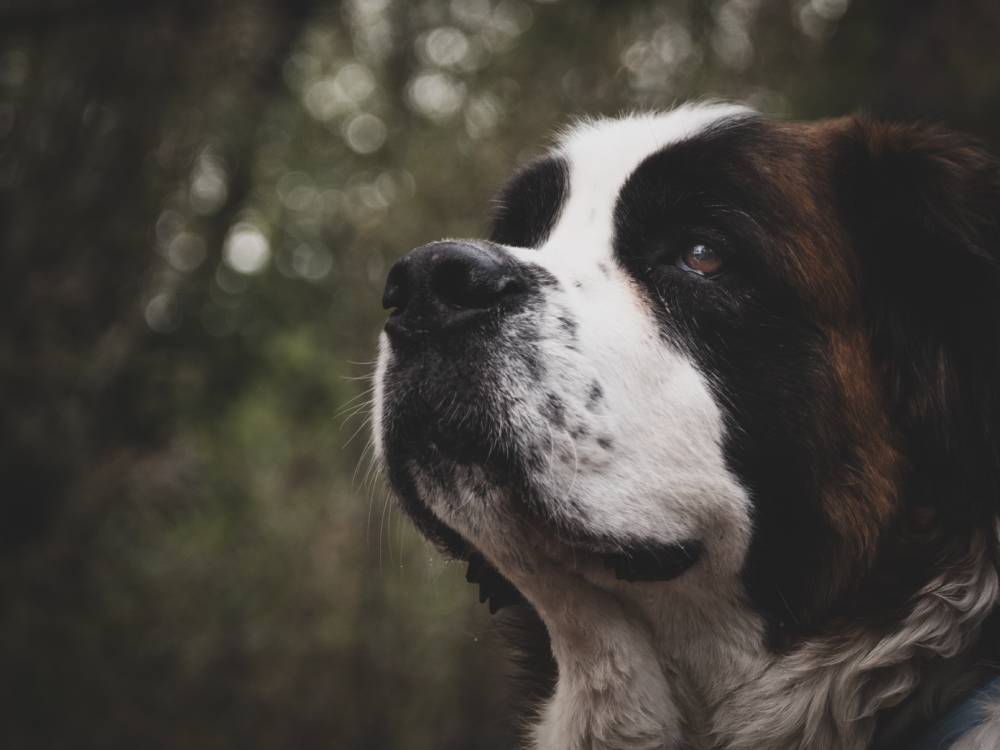
What is a Hot Spot?
If you are a dog owner, there is a good chance you have already had to deal with a hot spot on your dog as they are a very common condition. Hot spots, also called acute moist dermatitis or pyotraumatic dermatitis, are a red, swollen, oozy skin lesion that is caused by excessive scratching. Typically, a dog will start scratching, chewing or licking a spot, this will damage the skin and the dog will continue to scratch, chew or lick the skin. This irritates it further and the lesion begins to leak fluid or pus which causes hair to become matted. This traps heat and moisture against the skin, further exacerbating the wound and trapping the dog in the itch-scratch cycle.
A hot spot may start out as a small, red bump that can be mistaken for an insect bite but it will spread quickly as bacteria entering the wound makes it even itchier. If left untreated, the bacterial infection will spread deeper into the skin and the lesion can become thick and take on a plaque-like appearance. Hot spots can appear anywhere on a dog but typically affect the head, neck, legs, hips and rump.
What Causes Hot Spots on Dogs?
Hot spots typically develop due to an underlying cause such as:
- A flea infestation
- Flea allergy dermatitis
- An ear infection
- Allergies
- Impacted anal glands
- Stress or boredom
- A dirty or matted coat
- Excessive moisture trapped in the coat from frequent bathing or swimming
- Arthritis
- Poor grooming
Certain breeds such as Golden Retrievers, Labradors, Rottweilers, German Shepherds and St. Bernard’s are more prone to developing hot spots due to their thicker coats. Warm and humid weather conditions also contribute to the development of hot spots.
How to Treat Hot Spots on Dogs
A vet will diagnose a hot spot on your dog by its distinct appearance (moist lesion, slimy discharge, matted fur, red and swollen skin), rapid spread and excessive itching, chewing or licking of the area. Your vet may suggest taking a skin scraping to investigate if there are any other parasites present that may be causing the excessive itchiness.
Typically, treatment of a hot spot will involve some or all of the following:
- Trimming or clipping away the fur of the affected area which will allow the skin to dry out
- A thorough clean with an antiseptic – this may need to be performed under a general or after administration of a local anaesthetic as the lesion can be quite painful and sensitive
- Your vet will often prescribe a topical or oral antibiotic to treat the bacterial infection, an anti-inflammatory to reduce the swelling and something to alleviate the itchiness such as a steroid or antihistamine
- While the lesion is healing you may be instructed to clean it daily with a medicated solution or wipes
- Most importantly, your dog needs to stop itching, licking or chewing the affected area, so they may need to wear an e-collar/cone or have the area covered with a bandage to prevent them from irritating the area further
The good news is that hot spots typically resolve within 3-7 days after starting treatment.

How Do You Prevent a Hot Spot on Dogs?
Treating the underlying cause of a hot spot are key to preventing them from occurring in the first place. Your dog should regularly be treated with a flea and tick preventative to keep these nasty pests off your dog and out of your home.
We’ve got all the top brands of flea and tick preventatives right here at VetShopAustralia! Shop our range of flea and tick products for dogs here.
Dogs with long and hairy ears can be more prone to developing ear infections. Breeds that are particularly susceptible to ear infections include Golden Retrievers, Labradoodles, Shar Pei, Basset Hound and Beagles. Poodle and Spaniel type dogs are also at higher risk of developing ear infections. If you dog loves getting wet, it is crucial that you keep their ears clean and dry.
Not sure how to clean your dog’s ears properly? In this short video, VetShopAustralia head veterinarian Dr Mark shows you the proper way to clean your dog’s ears.
Regular grooming of your dog will prevent their fur from matting and trapping moisture in their coat. It is also one of your responsibilities as a pet owner to ensure your dog’s coat is clean and well-maintained.
Check out our range of grooming supplies including shampoo and conditioner, combs and brushes, and other assorted tools.
If you have a hard time keeping your dog away from water, you’ve already got your work cut out for you! But a wet dog is a dog that is more prone to hot spots, so make sure you dry them off completely after they’ve been playing in pools, ponds or puddles.
Dogs that become stressed or are bored can sometimes revert to over-grooming or licking a certain spot. Some dogs can actually have a type of obsessive-compulsive disorder where they constantly lick, scratch or chew a part of their body repeatedly. Bored dogs need to have their playtime increased or new toys or games introduced to alleviate this boredom. Dogs with more severe licking, scratching or chewing tendencies should be checked over by a vet to ascertain whether or not their behaviour is beyond what might be considered normal.
Allergies are another common trigger for the development of hot spots. This can be an allergy to fleas (called flea allergy dermatitis), environmental factors (e.g. grass or other contact irritants) or food allergies or intolerances. Your veterinarian can help you to determine the cause of your dog’s allergy by guiding you through eliminating certain products from your house or dogs’ diet until you find the culprit.
The sooner you commence treatment for a hot spot, the sooner it will be resolved. The area should begin to heal within a few days of commencing treatment and hair will start to grow back within 3-4 weeks. If you notice your dog starting to excessively lick, scratch or chew at a particular area, a trip to the vet is the best place to start so they can help you to diagnose the cause. If your dog continues to be affected by hot spots, your vet may wish to do further testing.






